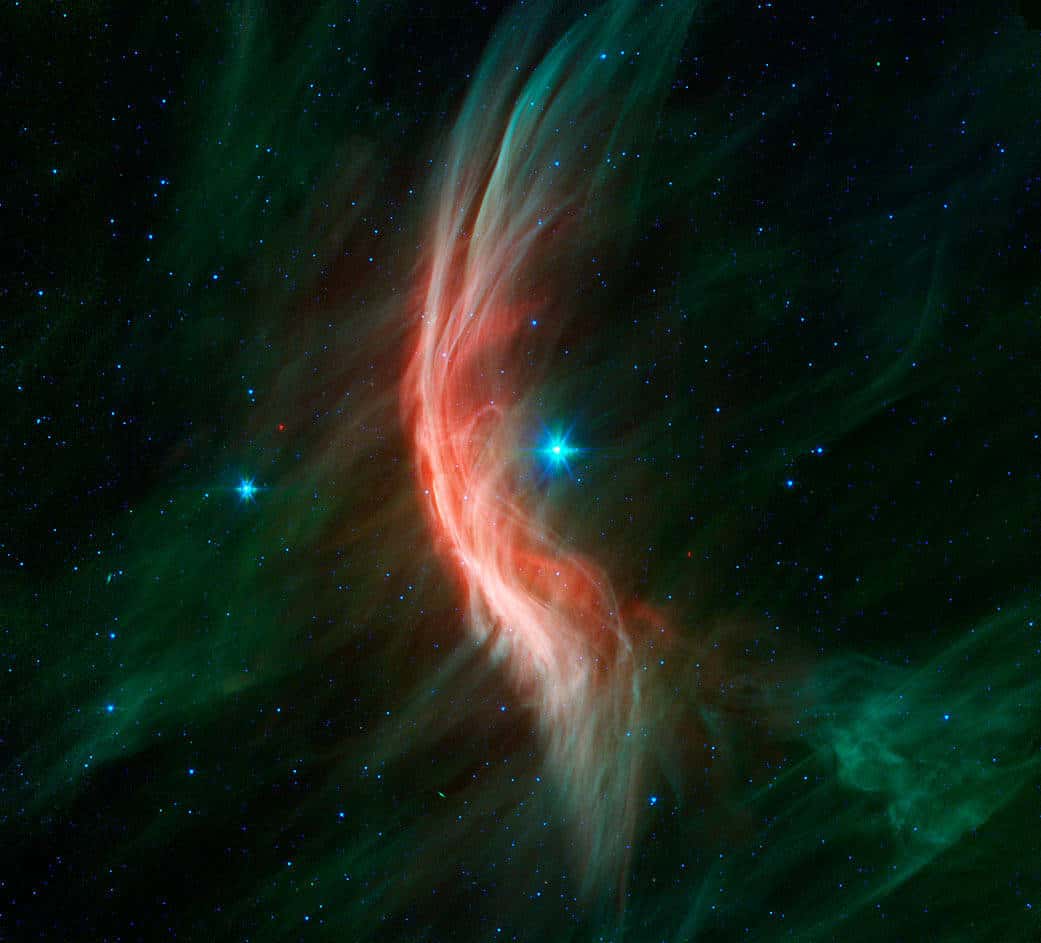The Cosmos with Zeta Ophiuchi
Zeta Ophiuchi (ζ Oph, ζ Ophiuchi) is a star located in the constellation of Ophiuchus. It has an apparent visual magnitude of 2.57, making it the third-brightest star in the constellation. Parallax measurements give an estimated distance of roughly 366 light-years (112 parsecs) from the Earth. ζ Ophiuchi is an enormous star with more than 19 times the Sun’s mass and eight times its radius. The stellar classification of this star is O9.5 V, with the luminosity class of V indicating that it is generating energy in its core by the nuclear fusion of hydrogen. This energy is being emitted from the outer envelope at an effective temperature of 34,000K, giving the star the blue hue of an O-type star. It is rotating rapidly and may be close to the velocity at which it would begin to break up. The projected rotational velocity may be as high as 400 km s−1 and it may be rotating at a rate of once per day.
This is a young star with an age of only three million years. Its luminosity is varying in a periodic manner similar to a Beta Cephei variable. This periodicity has a dozen or more frequencies ranging between 1–10 cycles per day. In 1979, examination of the spectrum of this star found “moving bumps” in its helium line profiles. This feature has since been found in other stars, which have come to be called ζ Oph stars. These spectral properties are likely the result of non-radial pulsations.
This star is roughly halfway through the initial phase of its stellar evolution and will, within the next few million years, expand into a red supergiant star wider than the orbit of Jupiter before ending its life in a supernova explosion leaving behind a neutron star or pulsar. From the Earth, a significant fraction of the light from this star is absorbed by interstellar dust, particularly at the blue end of the spectrum. In fact, were it not for this dust, ζ Ophiuchi would shine several times brighter and be among the very brightest stars visible.
